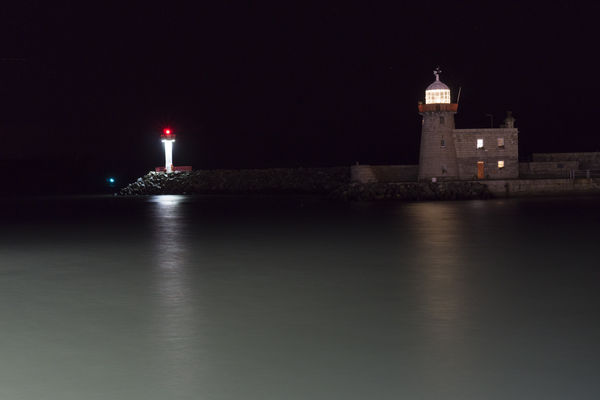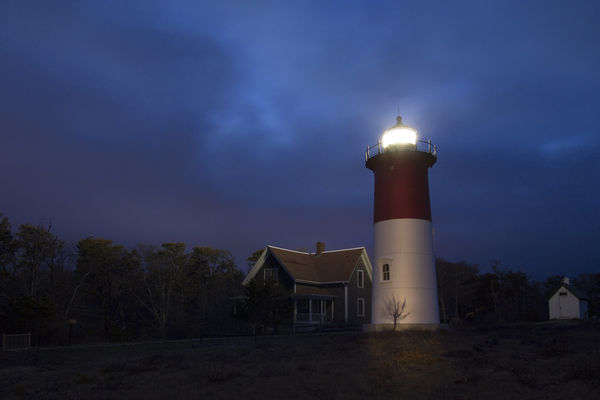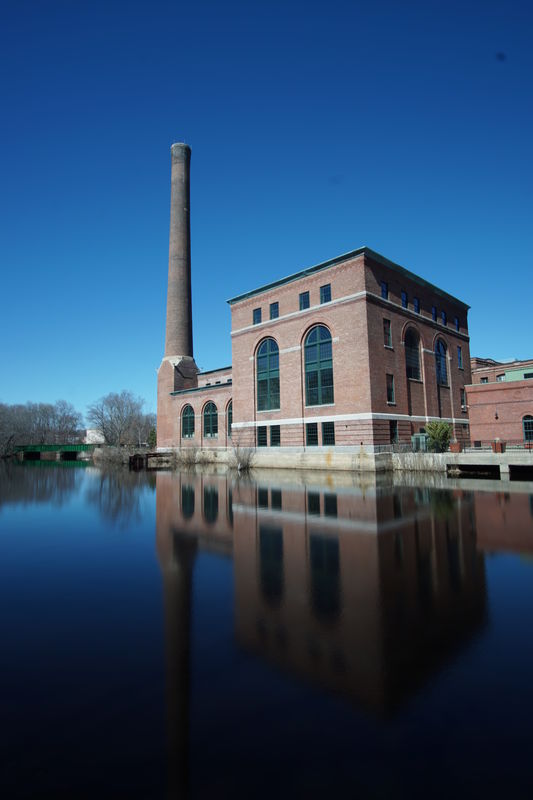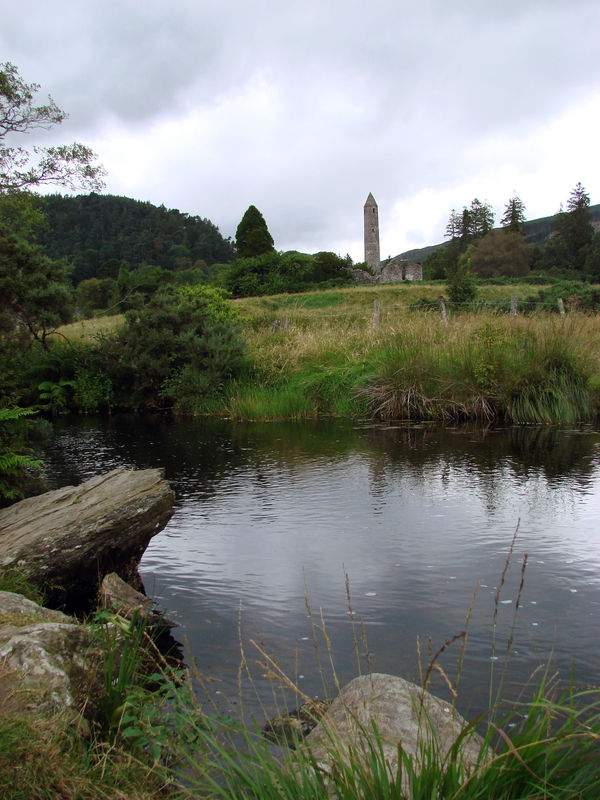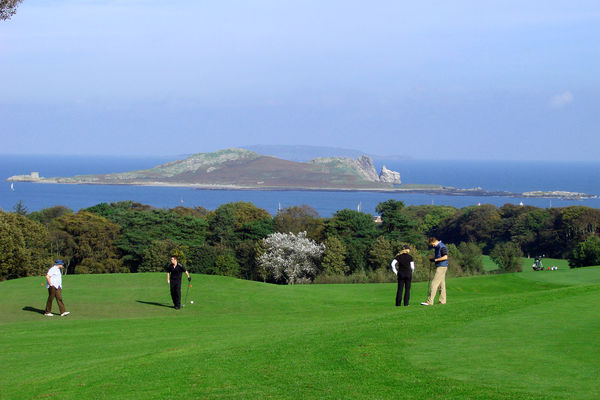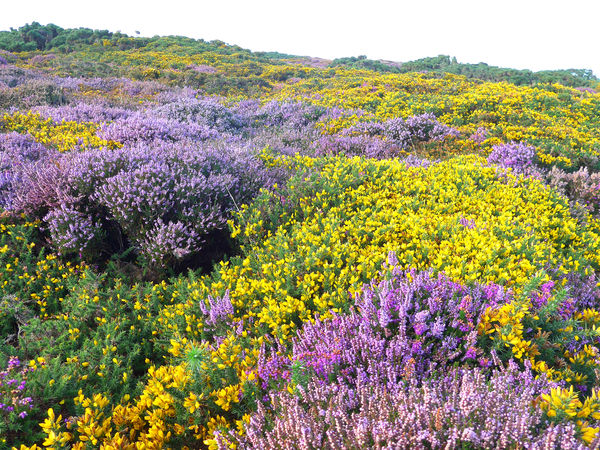Posts for: repleo
Apr 8, 2016 19:51:09 #
Mark7829 wrote:
Can't be better than an ND if it outputs only to jpeg...Real Photographers shoot RAW
I thought real Photographers shoot film ..... 4X5 or 8x10
Apr 8, 2016 15:27:18 #
pgerardi wrote:
I would like to get some ideas on ND filters. They primarily would be used for landscape shots, waterfalls etc. I am a relative beginner so I am not looking for anything extravagant at this point. I've seen some that have colors tints etc but not sure what to look for.
Thanks for your time
Thanks for your time
I too am a budget conscious relative beginner (to digital photography). If you just want something to experiment with, you might try a variable ND Fader from Ritz Gear - $35 - $40 on Amazon. These are screw on rotating filters so you can open them up to focus and then rotate the outer ring to the required ND strength up to ND 2000 just like a circular polarizer. There are cheaper ones, but the Ritz Gear ones are made from the famed Schott glass and feel well made. You might get some cross banding at the highest settings, but they are worth a try. Get the largest size you might ever need and some step rings to bring it down to your lens sizes.
If you are trying to achieve that smooth water look, you can also try stacking without a filter. It involves taking multiple exposures and stacking them in post processing. I wont try to explain how because I dont know much about it yet. I have the Smooth Reflections app on my Sony A6000 and it does a great job of smoothing water, waterfalls, waves etc. Its basically an in-camera stacking app. Better than the ND filter. I think it only outputs in JPEG, but it does a nice job and is very easy to use with no focusing problems or problems with having a sub-par piece of glass over your lens.
A graduated ND filter is also nice for bringing out color in skies etc. The Sony has an App for that too!
Apr 6, 2016 16:32:57 #
watersedge wrote:
I'm from the UK looking to get into property photography. Does anyone know where I can get reasonably prices floor planning software
Forget Autocad or any of the professional CAD programs unless you want to spend a couple of years learning how to use them. 3D only adds to the complexity. SketchUp is good for 3D shapes but not great for simple plans. You will want something you can use on a tablet so you can draw them up while you are at the house. To start, try some of the free House Planning Apps for whatever tablet you have. Look for one that lets you stretch and pull the plans or that come with a library of sample plans. There is not much variation in UK house layouts so once you have built up a small library of layouts you will be able to tweek the dimensions to suite many situations. Also get a laser tape so you can measure rooms on your own.
Apr 6, 2016 16:08:55 #
oldtigger wrote:
Not true, it could alter sensor sensitivity or scale the output instead
"Scale the output". That's a new term for me. Does it mean changing ISO? I googled it and found a reference under sensor fundamentals in industrial applications. How would you you scale the output in everyday photography?
Apr 6, 2016 16:01:39 #
Apaflo wrote:
Lets take the common example that comes up every f... (show quote)
Brilliant Apaflo! Great explanation. I was a little confused by your first post too and was going to question you until I looked at your gorgeous pictures from Barrow Alaska and realized you must know what you are talking about.
Apr 5, 2016 22:49:51 #
Apr 5, 2016 17:47:23 #
(Original Poster) WOW! I never thought I would get so many and such varied responses to what I thought was a simple or even dumb question. Thank you all, even if some folks are more confused than me. I think the takeaway is that if you are in a Priority mode (or AutoISO off), adjustments to EC will be accompanied by auto adjustments to the other settings. If you are not watching your settings you could easily find yourself with more ISO or slower shutter than you anticipated. Worth keeping an eye on.
Apr 4, 2016 18:20:49 #
lamiaceae wrote:
Oh boy, your confusion is what happens to so many people today who never learned photography using film, manual cameras, and hand held meters or taken actual classes and read camera books. Seems everything is that way today.
Oh boy, your confusion is what happens to so many people today who never learned photography using film, manual cameras, and hand held meters or taken actual classes and read camera books. Seems everything is that way today.
Hi lamiaceae. Thanks for your lesson on Exposure Compensation. All responses are appreciated. And yes, I did learn photography using film, manual cameras, hand held meters and I still take classes, read photography books (and forums like this). In fact for the first ten years taking photos I didnt even have a light meter and had to go by the little exposure guide that came with the roll of film. It was another ten years before I got my first camera (OM-10) with a built-in light meter. In the meantime, I became quite skilled in the dark room trying to compensate for my exposure miscalculations.
I just wanted to know the mechanism of how it worked on a digital camera. I seem to recall that on my old OM-10, exposure compensation was really just a way of tricking the light meter into thinking you had changed the ISO (or ASA) as it was back then. I usually found it easier to adjust exposure with the aperture or shutter speed than fiddle with the little ring and risk forgetting to change it back. In particular I was trying to understand what my A6000 was doing when I use EV +/- with a manual lens. (I still have my 30 year old lenses from my OM-10 days).
I did find what I think is the answer to my question in two of the links provided by rmalarz above (thanks rmalarz) although the articles barely touched on the how. I read several articles on the subject with no answer before turning to UHH. For anybody else who might have the same question, or who never even thought about it, the answer is it depends. It depends on your camera and on whatever priority mode you are in. If you have set one of the exposure parameters, the camera will adjust one or other or both of the other two parameters. If you set two, it will adjust the third. Presumably if it changes aperture it will also change DoF and if it changes ISO it could affect noise. Since you can adjust exposure compensation up to two stops (or more) that it not something to overlook.
Apr 4, 2016 12:53:53 #
I know how to use Exposure Compensation (EV+/-) on my camera and have been using it for years. However, I just realized I dont really understand how it works. What is the EV+/- dial actually changing Aperature? Shutter speed? ISO? Is there some extra dimension to exposure that I dont know about? Does changing the EV have any impact on Depth of Field or noise?
Apr 3, 2016 12:17:32 #
WALL wrote:
I have been told on this site that there is a Sony... (show quote)
I suggest getting a copy of 'David Busch's Sony Alpha a6000/ILCE-6000 Guide to Digital Photography'. Unlike the Sony Handbook and some other independent guide books that merely run through the menu options, David's book goes a step or two further to suggest ways that the options can be applied to your picture taking. Unfortunately, as I mentioned on a recent post, the book is out of print and even used hard copies sell for more than the actual camera, but is available as a Nook e-book on Amazon for a very worth while $23.09.
One great feature of the A6000 is the eye focus option. However, this feature can't be found in the regular menus and has to be customized to one of the buttons. David's book can walk you though setting up this fantastic feature.
Mar 30, 2016 15:08:49 #
Amazon is taking pre-orders for David Buschs guide to the Sony A6300 at $28.75. Could be a good investment new copies of his guide to the A6000 are selling for $1,201 to $3,405 on Amazon!!!
Yes three grand for a guide book for a$600 camera (or less now)!!!
Yes three grand for a guide book for a$600 camera (or less now)!!!
Mar 28, 2016 22:45:25 #
Doowopa wrote:
Have some amazon gift cards since Christmas. Just ... (show quote)
I got the Rokinon 12mm f2.0 for my A6000 a few days ago. I love it. It gets a lot of praise for its low light /astro capabilities, but it is beautiful for daylight also. Feels and looks great on the camera also. Getting hard to find in stock and prices are over the place. I was just about to click to buy and got interupte, came back 5 hours later and it had gone up $80. Still - no regrets.
Mar 28, 2016 22:32:51 #
Agnesm wrote:
Long exposer is something we do not think of very often. It can be fun to do and thanks to Pat with her star trails at the begaining of the month to get us started. If any body did any since them feel free to put them on or what ever else you have done for long exposer. I am putting on a sight to look at for a little help.http://digital-photography-school.com/8-tips-for-long-exposure-photography/
Attaching a couple of recent efforts. I'm new - be kind.
Last pic was with the Sony 'Smooth Reflections' App on A6000. It takes 32 frames and blends them together in camera. Worked better than my 11 stop ND filter.
Mar 25, 2016 13:02:58 #
I've been going to Ireland every year for thirty years with a variety of cameras - mostly good P&S's / Bridge cameras - in the 28mm - 200mm range(35 equiv). I have never needed longer, but always wanted wider. I've never used your Nikon, but I brought my new A6000 on my last trip along with the 16-50 kit, 55-210, 35 1.8 and 50 1.8. I don't think I used the 55-210 at all. Hopefully I will have the 18-105 F/4 for my next trip and just bring that and my new Rokinon 12mm f2. (fab lens)
I'd bet that your 10-18 will hardly leave your camera. Not sure why you expect to need a speedlight with the A6000.
A couple of other tips.
1. Don't leave gear in your car. Ireland is friendly and very safe, but it has its fair share of petty thieves - usually kids.
2. Expect a lot of cloudy and overcast skies. Bring a grad ND filter or download the Sky HD App to your a6000. (I have it but haven't tried it yet)
3. Rain protection for your gear.
Attaching a couple of random pics. Please post yours when you get back. Enjoy your trip.
I'd bet that your 10-18 will hardly leave your camera. Not sure why you expect to need a speedlight with the A6000.
A couple of other tips.
1. Don't leave gear in your car. Ireland is friendly and very safe, but it has its fair share of petty thieves - usually kids.
2. Expect a lot of cloudy and overcast skies. Bring a grad ND filter or download the Sky HD App to your a6000. (I have it but haven't tried it yet)
3. Rain protection for your gear.
Attaching a couple of random pics. Please post yours when you get back. Enjoy your trip.
Mar 19, 2016 08:52:27 #
I highly recommend the Panasonic LF-1. The LF-1 is identical to the Panny built Leica C except for the name and a couple $100 price difference. Specs say the LF-1 is 1.1" thick, but the body is only 3/4". The extra width is due to a small dump at the eye piece and the thin manual focus ring on the front. It slips very easily into a shirt pocket and is barely noticeable in a jeans pocket. Zoom is vey good at 7X - 28-200mm approx. equiv and with F/2.0 at the short end is great for night shots. The LF-1 shoots RAW, has available full manual control including manual focus and Wi-Fi.. Remote control from on iPhone is very easy and effective.
I have my LF-1 for about 18 months and pretty well carry it everywhere. I bought it after a long search for the 'perfect travel camera' and it is the only camera I bothered to bring on trips to Ireland and Italy. I use it a lot on building sites and it is rugged enough to take the occasional bang off a ladder. I like the viewfinder, not because the LCD gets washed out, which I haven't noticed, but because I can adjust the diopter so I don't have to find my glasses before taking a picture - very important.
I took some photography classes recently and my LF-1 shots held up well against everybody else's DSLR's. However, many of the classes were focused around control of depth of field which you can't really achieve with a point and shoot. I eventually got shamed into reluctantly upping to a Sony 6000. The A6000 is an amazing camera, but my favorite shots are still from my LF-1 because it was the camera I had in my pocket.
I have my LF-1 for about 18 months and pretty well carry it everywhere. I bought it after a long search for the 'perfect travel camera' and it is the only camera I bothered to bring on trips to Ireland and Italy. I use it a lot on building sites and it is rugged enough to take the occasional bang off a ladder. I like the viewfinder, not because the LCD gets washed out, which I haven't noticed, but because I can adjust the diopter so I don't have to find my glasses before taking a picture - very important.
I took some photography classes recently and my LF-1 shots held up well against everybody else's DSLR's. However, many of the classes were focused around control of depth of field which you can't really achieve with a point and shoot. I eventually got shamed into reluctantly upping to a Sony 6000. The A6000 is an amazing camera, but my favorite shots are still from my LF-1 because it was the camera I had in my pocket.
